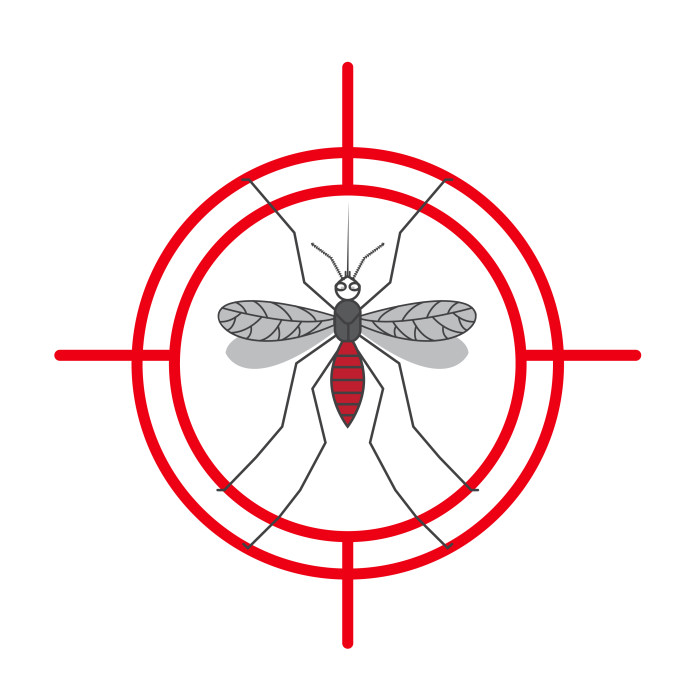Turla is a notorious espionage group, and has been active for at least ten years. It came to light in 2008, when Turla breached the US Department of Defense [1]. Since then, there have been numerous security incidents involving Turla targeting several governments and sensitive businesses such as the defense industry [2].
Our January 2018 white paper [3] was the first public analysis of a Turla campaign called Mosquito. We have also published indicators of compromise [4]. Since then, the campaign has remained very active and attackers have been busy changing their tactics to remain as stealthy as possible.
Starting in March 2018, we observed a significant change in the campaign: it now leverages the open source exploitation framework Metasploit before dropping the custom Mosquito backdoor. It is not the first time Turla has used generic tools. In the past, we have seen the group using open-source password dumpers such as Mimikatz. However, to our knowledge, this is the first time Turla has used Metasploit as a first stage backdoor, instead of relying on one of its own tools such as Skipper [5].
Distribution
As described in our earlier analysis [3], the typical vector of compromise of the Mosquito campaign is still a fake Flash installer, in reality installing both the Turla backdoor and the legitimate Adobe Flash Player. The typical targets are still embassies and consulates in Eastern Europe.
We showed that the compromise happens when the user downloads a Flash installer from get.adobe.com through HTTP. Traffic was intercepted on a node between the end machine and the Adobe servers, allowing Turla’s operators to replace the legitimate Flash executable with a trojanized version. The following image shows the different points where the traffic could, in theory, be intercepted. Please note that we believe the fifth possibility to be excluded, as, to the best of our knowledge, Adobe/Akamai was not compromised.
Even though we were not able to spot traffic interception subsequently, we found a new executable that is still impersonating the Flash installer and is named flashplayer28_xa_install.exe. Thus, we believe the same method of initial compromise is still being used.
Analysis
At the beginning of March 2018, as part of our regular tracking of Turla’s activities, we observed some changes in the Mosquito campaign. Even though they did not make use of groundbreaking techniques, this is a significant shift in Turla’s Tactics, Techniques and Procedures (TTPs).
Previously, the chain of compromise was a fake Flash installer dropping a loader and the main backdoor. The following figure summarizes the process.
Recently, we observed a change in the way in which the final backdoor is dropped. Turla’s campaign still relies on a fake Flash installer but, instead of directly dropping the two malicious DLLs, it executes a Metasploit shellcode and drops, or downloads from Google Drive, a legitimate Flash installer. Then, the shellcode downloads a Meterpreter, which is a typical Metasploit payload [6], allowing the attacker to control the compromised machine. Finally, the machine may receive the typical Mosquito backdoor. The figure below summarizes the new process.
Because Metasploit is being used, we might also guess that an operator controls the exploitation process manually. The time frame of the attack was relatively short as the final backdoor was dropped within thirty minutes of the start of the compromise attempt.
The shellcode is a typical Metasploit shellcode, protected using the shikata_ga_nai encoder [7] with seven iterations. The following screenshots show the encoded and the decoded payload.
Once the shellcode is decoded, it contacts its C&C at https://209.239.115[.]91/6OHEJ, which directs the download of an additional shellcode. Based on our telemetry, we identified the next stage to be a Meterpreter. That IP address is already known as a previously-seen Mosquito C&C domain, psychology-blog.ezua[.]com, was resolving to it in October 2017.
Finally, the fake Flash installer downloads a legitimate Adobe installer, from a Google Drive URL, and executes it to lull the user into thinking all went correctly.
Additional tools
In addition to the new fake Flash installer and Meterpreter, we observed the use of several other tools.
- A custom executable that only contains the Metasploit shellcode. This is used to maintain access to a Meterpreter session. It is saved to C:\Users\<username>\AppData\Roaming\Microsoft\Windows\Start Menu\Programs\Startup\msupdateconf.exe, granting the executable persistence.
- Another custom executable used to execute PowerShell scripts.
- The Mosquito JScript backdoor that uses Google Apps Script as its C&C server.
- Privilege escalation using the Metasploit module ext_server_priv.x86.dll [8].
Conclusion
In this post, we have presented the evolutions of the Turla Mosquito campaign over the last few months. The major change we observed was the use of Metasploit, an open-source penetration testing project, as a first stage for the custom Mosquito backdoor. This might be useful information for defenders performing incident response on attacks involving Turla.
For any inquiries, or to make sample submissions related to the subject, contact us at threatintel@eset.com.
C&C
- https://209.239.115[.]91/6OHEJ
- https://70.32.39[.]219/n2DE3
Link to the legitimate Flash installer
- https://drive.google[.]com/uc?authuser=0&id=1s4kyrwa7gCH8I5Z1EU1IZ_JaR48A7UeP&export=download
IoCs
| Filename | SHA1 | SHA256 | ESET detection name |
|---|---|---|---|
| flashplayer28_xa_install.exe | 33d3b0ec31bfc16dcb1b1ff82550aa17fa4c07c5 | f9b83eff6d705c214993be9575f8990aa8150128a815e849c6faee90df14a0ea | Win32/TrojanDownloader.Agent.DWY trojan |
| msupdateconf.exe | 114c1585f1ca2878a187f1ce7079154cc60db7f5 | 1193033d6526416e07a5f20022cd3c5c79b73e8a33e80f29f9b06cdc3cb12e26 | Win32/Turla.DH trojan |
| msupdatesmal.exe | 994c8920180d0395c4b4eb6e7737961be6108f64 | 6868cdac0f06232608178b101ca3a8afda7f31538a165a045b439edf9dadf048 | Win32/Turla.DH trojan |
References
[1] B. KNOWLTON, "Military Computer Attack Confirmed," New York Times, 25 08 2010. [Online]. Available: https://www.nytimes.com/2010/08/26/technology/26cyber.html?_r=1&ref=technology. [Accessed 09 04 2018].
[2] MELANI, " Technical Report about the Malware used in the Cyberespionage against RUAG," 23 05 2016. [Online]. Available: https://www.melani.admin.ch/melani/en/home/dokumentation/reports/technical-reports/technical-report_apt_case_ruag.html.
[3] ESET, "Diplomats in Eastern Europe bitten by a Turla mosquito," ESET, 01 2018. [Online]. Available: https://web-assets.esetstatic.com/wls/2018/01/ESET_Turla_Mosquito.pdf.
[4] ESET, "Mosquito Indicators of Compromise," ESET, 09 01 2018. [Online]. Available: https://github.com/eset/malware-ioc/tree/master/turla#mosquito-indicators-of-compromise.
[5] M. Tivadar, C. Istrate, I. Muntean and A. Ardelean, "Pacifier APT," 01 07 2016. [Online]. Available: https://labs.bitdefender.comhttps://web-assets.esetstatic.com/wls/downloads/pacifier-apt/.
[6] "About the Metasploit Meterpreter," [Online]. Available: https://www.offensive-security.com/metasploit-unleashed/about-meterpreter/.
[7] "Unpacking shikata-ga-nai by scripting radare2," 08 12 2015. [Online]. Available: http://radare.today/posts/unpacking-shikata-ga-nai-by-scripting-radare2/.
[8] "meterpreter/source/extensions/priv/server/elevate/," Rapid7, 26 11 2013. [Online]. Available: https://github.com/rapid7/meterpreter/tree/master/source/extensions/priv/server/elevate.










